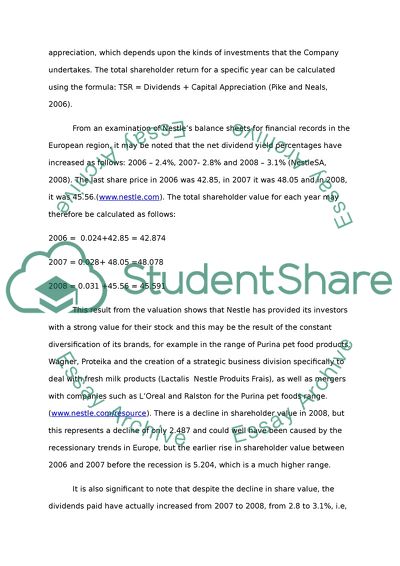Cite this document
(“Nestle Essay Example | Topics and Well Written Essays - 3500 words”, n.d.)
Nestle Essay Example | Topics and Well Written Essays - 3500 words. Retrieved from https://studentshare.org/miscellaneous/1552521-nestle
Nestle Essay Example | Topics and Well Written Essays - 3500 words. Retrieved from https://studentshare.org/miscellaneous/1552521-nestle
(Nestle Essay Example | Topics and Well Written Essays - 3500 Words)
Nestle Essay Example | Topics and Well Written Essays - 3500 Words. https://studentshare.org/miscellaneous/1552521-nestle.
Nestle Essay Example | Topics and Well Written Essays - 3500 Words. https://studentshare.org/miscellaneous/1552521-nestle.
“Nestle Essay Example | Topics and Well Written Essays - 3500 Words”, n.d. https://studentshare.org/miscellaneous/1552521-nestle.


